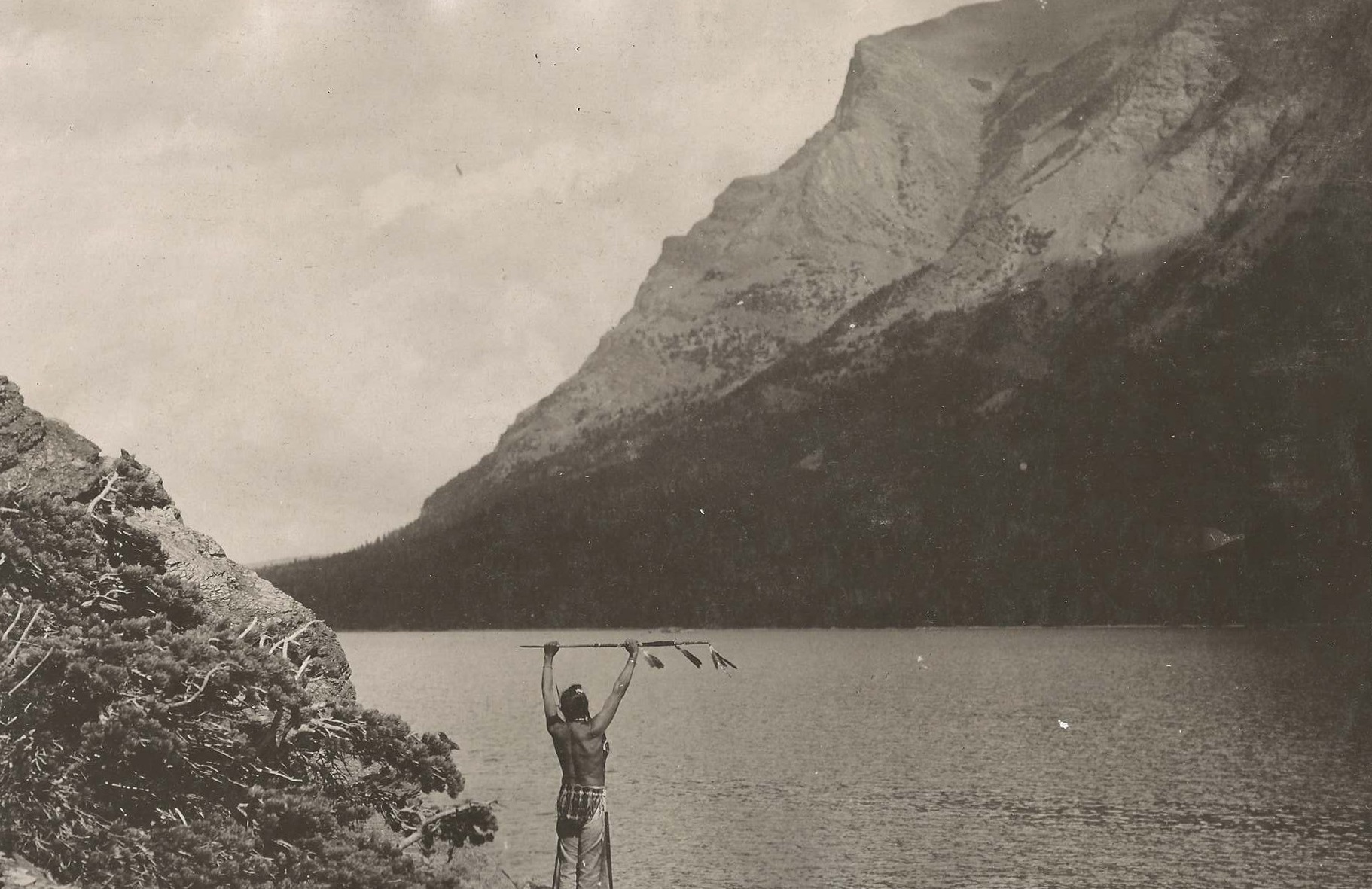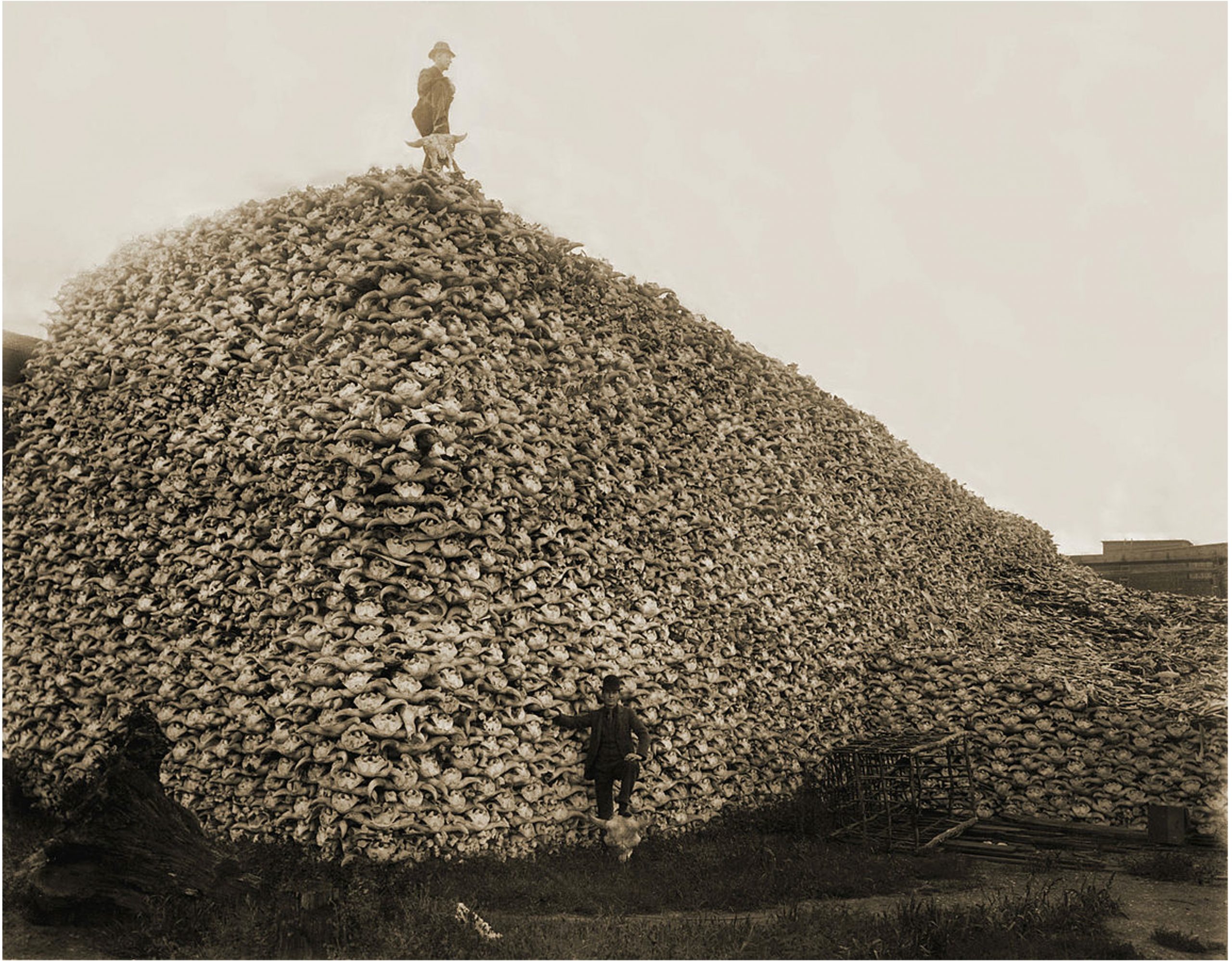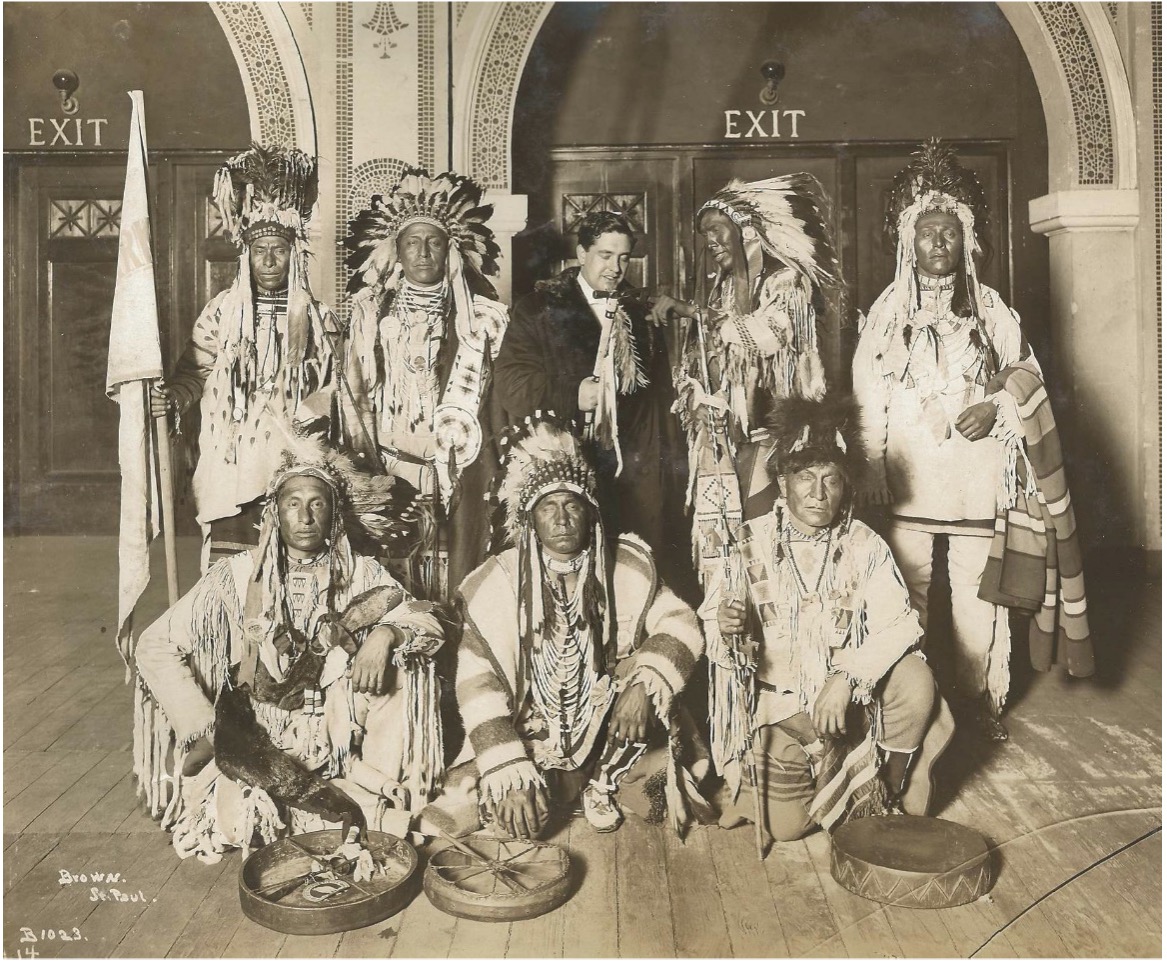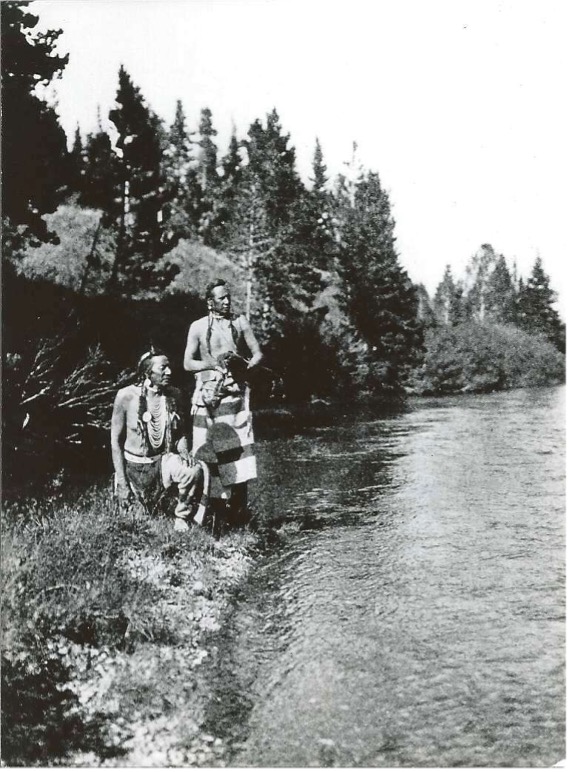With Special thanks to elders Ernie Heavy Runner and Darrell Norman.
In Memory of Darrell Norman.
As with many writings on Native history, this article contains graphic accounts of genocide.

With Special thanks to elders Ernie Heavy Runner and Darrell Norman.
No one could tell a story like Ernie Heavy Runner. Although a thousand miles separated our phone call, when Mr. Heavy Runner spoke, stories became living entities. Right in front of my eyes, horses leapt across open plains as daring warriors rode fast and powerfully. The forest churned with spiritual energy as Blackfeet youth trekked up Chief Mountain on their vision quest to adulthood. Mr. Heavy Runner’s stories detailed unparalleled beauty but also unimaginable heartbreak. I often finished a conversation with Mr. Heavy Runner feeling the full weight of stories which detailed massacre, starvation, and discrimination.
The level of detail that Mr. Heavy Runner could conjure was awe inspiring. The United States made every effort to permanently silence Native American voices, but they were not successful. Mr. Heavy Runner exemplifies how Indigenous people were (and still are) resilient in the face of adversity. His stories are resilience in words.
I leaned into the receiver, not wanting to miss a single syllable.
I am a citizen of the Chickasaw people. Growing up in Albuquerque, New Mexico, I was surrounded by Native American culture. However, it wasn’t until much later in life that I discovered the heartbreaking situation of many Indigenous communities. Most Americans don’t know much about Native American issues because they’re not taught about Indigenous realities in school. That’s why my life’s goal is to bring Native American experiences to the forefront of public consciousness. I considered myself among the world’s luckiest to be interviewing a storyteller as gifted as Mr. Heavy Runner.
Ernie Heavy Runner was raised on the Blackfeet homelands in northwestern Montana by his grandmother, a medicine woman. He grew up riding horses bareback, his long hair flowing behind him as the wind rushed past his face. Sadly, this pastoral moment would not last. School forced Blackfeet children to cut their hair and to don Western attire. Luckily, Mr. Heavy Runner’s grandmother kept his culture alive. She gave her grandson stories about “the buffalo days.”
The buffalo days refer to a time before the United States committed unfathomable atrocities against Native American tribes. It was a period before the Baker Massacre, an incident in which the U.S. purposely murdered a sleeping camp of peaceful Blackfeet. At least 177 were murdered in single night, including fifty children. Initially, a scout rushed to warn Col. Baker that his army had chosen the wrong camp. Instead of retreating to commit a more reasonable genocide, he replied, “That makes no difference, one band or another of them; they are all Piegans [Blackfeet] and we will attack them.” Baker promised to shoot the scout if he tried to rouse anyone. Heavy Runner, Mr. Ernie Heavy Runner’s uncle, was killed that night. He was the leader of the peaceful camp.

Take a moment and let that sink in. When do you imagine American soldiers realized that murdering children was wrong? After killing one toddler? Two children? Twenty? They killed 50. Then, the army killed their grandmothers, grandfathers, mommies, and daddies until the ground ran red with the blood of the innocent. The United States government, your government, did this, yet there’s a good chance you’ve never heard about it. By contrast, do you know how many colonists died in the Boston Massacre? Five. And it sparked a revolution.
The buffalo days derive their name from when buffalo roamed the North American plains. Abundant, the Blackfeet treated the buffalo as being superior to any human intelligence. The buffalo sustained the Blackfeet, and the tribe hunted them respectfully. It wasn’t long before the United States realized that an easy way of removing the Indians would be to kill off the buffalo. This idea is known today as the “buffalo war.” Do you remember that figure from your childhood, Buffalo Bill? He’s famous for describing exactly what the United States wanted to accomplish, “Kill every buffalo you can!” he said, “Every buffalo dead is an Indian gone.” The U.S. Army along with hired huntsmen from around the world eradicated over 40 million buffalo between 1830 and 1865.

For the Blackfeet, starvation winters followed the eradication of the buffalo. The worst one, from 1883 to 1884, claimed the lives of 600-700 Blackfeet. The Blackfeet were becoming desperate to save their children. Finally, in 1895, the Blackfeet were forced to do something radical. They agreed to sell the lands, which now make up Glacier National Park, to the United States. Mr. Heavy Runner recalls that the famous conservationist George B. Grinnell, as well as famous writer J.W. Schultz, played a key role in convincing the Blackfeet that selling their land was the only choice. Glacier National Park is the most spiritual place for the Blackfeet. They call it “the backbone of the world,” and have inhabited the region for 10,000 years.
The tribe offered to sell their lands for $3 million. Predictably, the United States was unhappy with the price of saving people from starvation, so they “bargained” the offer down from $3 million to $1.5 million. Money was not paid out in lump sum. Instead, the U.S. deemed the Blackfeet to be wards (children) of the state. Funds were held in trust and paid out over many years. In this time, monies passed through the hands of corrupt bureaucrats and Indian Agents who embezzled ungodly amounts. By 1913, because of a corrupt and racist system, the commissioner of the tribe declared the Blackfeet bankrupt.
The sale of Glacier National Park included an agreement that the Blackfeet could hunt, fish, gather, and carry out traditional practices on the land that they had sold. Subsistence rights did not last long before the United States decided to “reinterpret” their original land agreement with the Blackfeet. Conservation Society poignantly chronicles the court’s decision in their article, Blackfeet Belong to the Mountains:
“In 1932, a US District Court decided that these reserved rights were extinguished upon designation of the national park. The court also claimed that the Blackfeet had failed to establish the extent to which they used the reserved privileges from 1895 to 1910 and had therefore forfeited these rights.”
That’s right. Our government blamed the Blackfeet for not asserting their own claims, while at the same time upholding a system that made any form of asserting claims impossible. After winning a court case in 1973, the Blackfeet finally were granted free admission to Glacier Park. But to this day, that’s it.
Moreover, subsistence was not “a right” to the Blackfeet. European ideas of land ownership contrasted sharply with their culture. As Chief Crowfoot remarked 1885:
“We cannot sell the lives of men and animals; therefore, we cannot sell this land. It was put here for us by the Great Spirit and we cannot sell it because it does not belong to us.”

Of course, the Blackfeet were eventually forced to sell their lands to save their starving children, but the idea of European land ownership was sacrilege. How could the United States bar Blackfeet from fishing, hunting, gathering, and conducting ceremony on lands that didn’t even belong to the Blackfeet?
After the establishment of Glacier National Park, economic opportunity flooded into the area. Just not for the Blackfeet people.
The Great Northern Railway, a titan of industry at the time, planned to construct a cross-continental tourist attraction featuring Glacier National Park as their showpiece. The railway erected lodges throughout Glacier Park and ran a rail line directly through the Blackfeet reservation. It would have made sense to hire Blackfeet to construct the trespassing railroad, says Blackfeet elder and artist, Darrell Norman, but the Great Northern Railway opted to hire immigrants from European countries instead.
Inhabitants of the region for millennia, the Blackfeet received solely discriminatory opportunities from the Great Northern Railway. For menial wages, they hired Blackfeet to greet passengers, to set up a tipi camp outside park lodges, and to participate in an extensive advertisement campaign. Although each of these allowed for some maintaining of traditions, Darrell Norman recalls that it was, “In some ways very humiliating, just to satisfy the curiosity of the traveler.” The Great Northern Railway barred Indians from entering lodges unless it was for a publicity stunt. At the end of a hard day’s work, White employees brought out kitchen scraps to the hungry performers.

Enough sad history though. Compartmentalization and willful ignorance come easy when discussing the past. Before you condemn such facts to yesterday though, you should learn the contemporary situation of the Blackfeet people.
It’s not a whole lot different.
The poverty rate on the Blackfeet reservation is 39.5%, a figure which has undoubtably increased since the coronavirus has ravaged Native American communities. For the rest of the United States that number is 10.5%.
The Blackfeet people need their subsistence rights back.
Blackfeet Belong to the Mountains features interviews from many Blackfeet. The most heart wrenching story came from a man who had recently lost his job. To support his family without a salary, he decided to go out and hunt. After a whole week, the man didn’t come across a single elk, because they had all taken refuge in Glacier National Park. He was tempted to trespass onto parklands, but desired to be law abiding. His family starved that week because of it. Hunting may sound like a gruesome concept to the urbanized. It did to me. One must keep in mind though that the average American kills far more animals in extremely more inhumane ways. Furthermore, hunting and fishing for the Blackfeet is for survival and not for pleasure.
Hunting is also a different cultural concept. As was true for the buffalo, the Blackfeet view animals as being superior to humans. Afterall, it’s the humans who don’t know how to survive in the wilderness. Reverence leads to sustainable practices. A testament to Blackfeet respect of the natural world, 55% of Montana’s biodiversity lies within the Blackfeet reservation. Unfortunately, this figure does not include many resources that that the Blackfeet need for physical and spiritual sustenance.
“Glacier is the Blackfeet,” remarks one elder.
Spiritual sustenance is more vital today than ever before. The Blackfeet have faced tremendous cultural loss, and access to the land impacts how future generations will learn traditional knowledge. As one elder expressed in Blackfeet Belong to the Mountains:
“There’s something that’s been lost. The kids here, they used to go through their vision quest, their transition to life. And the opportunity for going up into those mountains and doing that has been shut off…The opportunity for the spiritual foundation of our people has been thrown off.”
Mr. Heavy Runner believes it’s an elder’s job to instruct the Blackfeet youth. However, teaching traditional practices ranges from being difficult to downright impossible with current restrictions. While it’s true that some traditions are not explicitly barred from taking place at Glacier National Park, tribal members still report feeling spiritually excluded. They described this exclusion as “traumatizing”, “degrading”, and “alienating.” Glacier Park emphasizes many non-Indigenous activities, but the religious needs of the Blackfeet people are not a priority. Collecting herbs is illegal at Glacier Park without a special permit. As a result, many Blackfeet must collect plants illegally, from lands that are rightfully theirs.

The scientific community supports Blackfeet claims to Glacier National Park.
The United Nation’s Intergovernmental Science-Policy Platform on Biodiversity and Ecosystem Services (IPBES) is the global leader on assessing policy pertaining to biodiversity and the environment. Each year, they review a series of recommendations for the world to follow. In their 2019 report, the IPBES stated that local communities can more effectively manage and co-manage lands than local or federal governments. They urged governments to seriously consider Indigenous knowledge bases because sustainability and biodiversity underpin Indigenous belief structures. IBPES also recommends that conserved spaces should work with Indigenous communities towards common goals.
Following the recommendations of IPBES means that we must reconceptualize our socially constructed idea of “wilderness.” Land has been used for millennia by humans and much longer by other species. “Untouched” land is a concept that humans have invented. This idea can be useful for fighting climate change and species extinction, but it is extremely harmful when applied to silence Native American claims. The National Park Service should adopt the idea that Native American culture is part of the environment that they are preserving. They must also consider how a conserved space can be used to sustainably uplift the surrounding community.
Power should be balanced between tribal and federal governments when it comes to conserved spaces. This power balance is called co-management.
Under a co-management system, Glacier National Park would adopt the promotion of Blackfeet religious practices into its core mission. Different sites could be voluntarily closed for religious practices to take place. Important herbs and plants could be sustainably managed and easily accessible for religious ceremonies. Visitors would learn a great deal about Native American culture under this new system. Then, they would leave Glacier National Park thrilled to have witnessed a different way of life.
It would put the Blackfeet in a better economic situation, too. Co-management might mean giving partial control of hunting, fishing, and gathering over to the Blackfeet. The tribe could sell permits to hunt while dually controlling harmful overpopulations.
Blackfeet could also benefit from tourism dollars under co-management. Elder Darrell Norman owns an art gallery, heavily dependent on tourists. He explains that most people flock to Glacier National Park and very few stops by the Blackfeet reservation. There were 3 million recreational visits to Glacier National Park in 2019. If the Blackfeet had an economic stake in the park, they could benefit from its immense popularity. The UN writes that tourism dollars can be a crucial factor in alleviating poverty.
Today, the National Park Service views Indigenous claims as something that hinders their organization’s mission, but not every National Park Service employee believes the same thing. There are those who fight incessantly for Native American issues within the NPS. A recent accomplishment has been a program called Native America Speaks. The new initiative features Native American storytellers at Glacier Park. However, for something as radical as co-management to happen, diligent public service workers will need additional internal and external support. Trusting the Blackfeet with co-management responsibilities goes against over a century of exclusionary policies.

So, what can you do to help advance this co-management vision?
Have discussions. Remember that both historical and contemporary issues of Native Americans are often overlooked. Schools have become standardized testing machines that have no time for Indigenous cultures. Converse with your friends and family and post on social media. Change only occurs when it pervades public consciousness. Protesting and demonstrations are powerful, but at the end of the day, even the protestors must go home. That’s why we must allow these issues to follow us home. Then, we’ll return the next day with a stronger fire burning. Look for safe ways of activism (in the time of COVID): online petitions and organized events. Lastly contact your senators. They’re obligated to respond back.
A phenomenal way to immediately assist the Blackfeet Nation is through the support of authentic Indian arts and crafts. Purchasing authentic arts and crafts provides important short-term income, while helping traditions thrive. Darrell Norman’s gallery sells authentic artwork and provides cultural education through art classes. His website can be found here. Mr. Heavy Runner will be soon coming out with a DVD of his stories.
One should also donate to organizations like FAST which are daily fighting food insecurity on the Blackfeet Nation.
Co-management of Glacier National Park may sound like a no-brainer but developing a system of co-management is no easy task. There are many unknowns. Some believe that co-management of Glacier National Park is not feasible, or that it just wouldn’t solve enough problems for the Blackfeet. If successfully accomplished though, it could exponentially improve lives and outcomes for thousands of Blackfeet. There is much adversity to be faced, but one should never let adversity take away their hope. I am reminded of the words that Ernie Heavy Runner said to me, one slow, summer afternoon, after all the warriors had dismounted their horses and set up camp for the night:
Back in the days, it was not unusual for a man to go over and tell the [other], ‘Let’s go huntin’ into Yellowstone,’ which is 200-300 miles from here in Blackfeet Country. And he’d say, “Yeah, let’s do.” It may take ‘em 10-15 days, but they’d do it. Because they were positive thinking…So when you met a group of people all thinking positive, you can create an energy that is phenomenal.

Bibliography
- Adams, William & Hutton, Jon. (2007). People, Parks and Poverty: Political Ecology and Biodiversity Conservation. Conservation and Society. 5.
- Craig, Davidr, et al. “‘Blackfeet Belong to the Mountains’: Hope, Loss, and Blackfeet Claims to Glacier National Park, Montana.” Conservation and Society, vol. 10, no. 3, 2012, p. 232., doi:10.4103/0972-4923.101836. http://www.conservationandsociety.org/article.asp?issn=0972-4923;year=2012;volume=10;issue=3;spage=232;epage=242;aulast=Craig
- Presti, Charlie, “Then and now: Blackfeet subsistence and Glacier National Park” (2005). Graduate Student Theses, Dissertations, & Professional Papers. 4766. https://scholarworks.umt.edu/etd/4766
